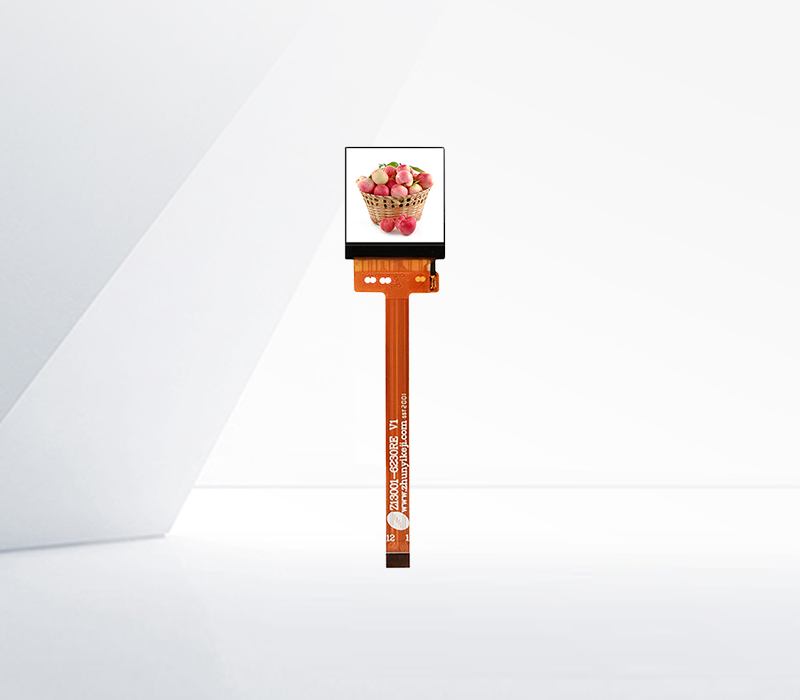




Wearable devices—such as smartwatches, fitness trackers, and medical monitors—pose unique challenges and opportunities for LCD module design. These modules must be ultra - compact, power - efficient, and capable of delivering relevant information in fast - paced, on - the - go contexts.
Miniaturization is the defining feature of wearable LCD modules. With display sizes typically ranging from 1 to 2 inches, every millimeter of space is optimized. Manufacturers use chip - on - glass (COG) and tape - automated bonding (TAB) technologies to reduce the bezel width and integrate driver circuits directly onto the glass substrate. For example, the Apple Watch’s Retina display uses a compact LCD panel with a resolution of 324 PPI, packed into a 1.7 - inch diagonal. Despite their small size, these modules must support high - resolution graphics to display text, icons, and health metrics clearly. Some fitness trackers use circular LCDs to match the device’s form factor, requiring custom panel shapes and curved glass overlays.
Biocompatibility is a critical consideration for wearable devices in direct contact with the skin. LCD modules must use materials that are hypoallergenic and resistant to sweat, oils, and cosmetics. Many employ medical - grade adhesives and coatings that prevent skin irritation over prolonged use. In medical wearables like continuous glucose monitors, the LCD module’s enclosure is often made from biocompatible plastics that meet ISO 10993 standards for biological safety. Additionally, water - resistant seals around the display prevent moisture from penetrating the device during workouts or swimming, a common use case for fitness trackers.
Contextual intelligence drives the functionality of wearable LCDs. These modules are designed to display information that is timely and relevant to the user’s activity. For example, a smartwatch might show heart rate data during a run, switch to a calendar alert when stationary, and dim the display automatically during sleep. Ambient light sensors adjust the backlight brightness to ensure readability in sunlight or darkness, while proximity sensors turn off the display when the device is not being viewed, conserving battery life. Some modules even use e - ink or memory LCD technology for always - on displays that show key metrics (e.g., time, steps) without constant backlighting, a feature particularly useful for devices with limited battery capacity.
Technological innovations in wearable LCDs focus on enhancing interactivity and health monitoring. Pressure - sensitive displays allow users to perform actions like “press and hold” to access menus, mimicking the feel of physical buttons. In medical wearables, LCD modules may integrate with embedded sensors to display real - time vital signs, such as ECG waveforms or blood oxygen levels, with high precision. Looking ahead, flexible LCDs that conform to the wrist’s curvature could improve comfort and aesthetics, while advanced low - power processors enable more complex data visualization—such as detailed sleep quality reports or workout route maps—directly on the tiny display.
